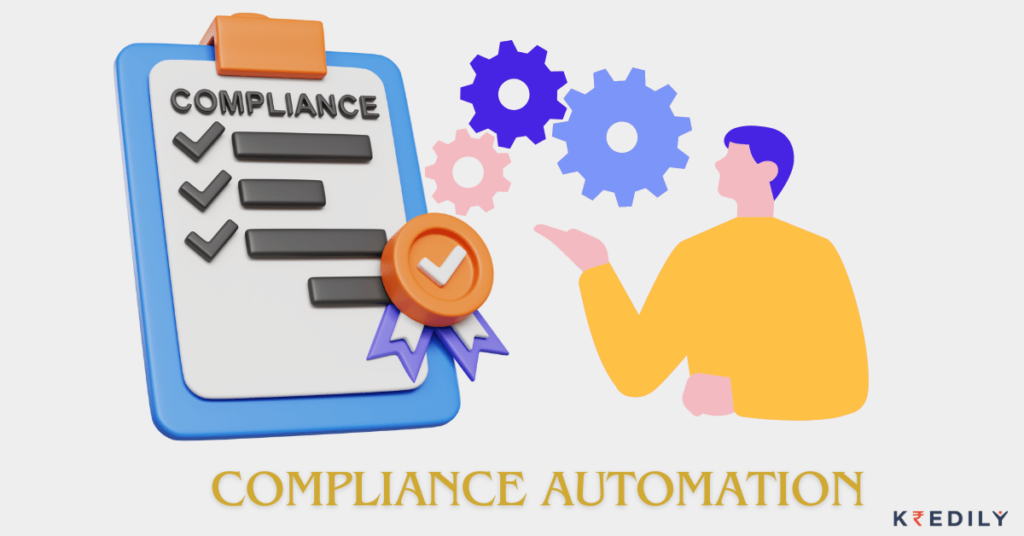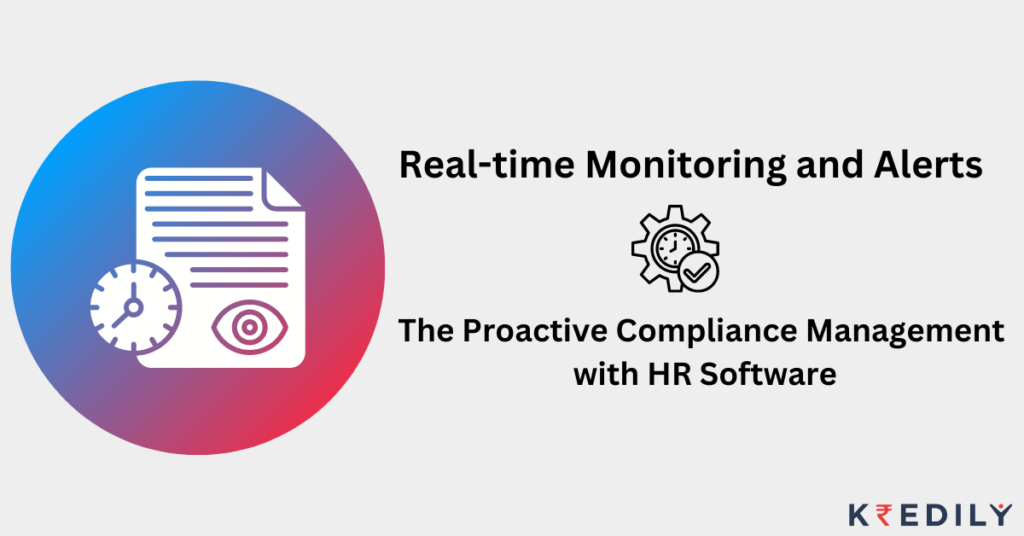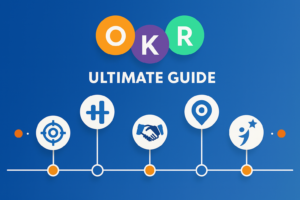Compliance management has become an essential part of human resource leadership in the present-day regulatory dynamics. For instance, HR professionals are expected to adhere to labour laws, data protection regulations and diversity and inclusion policies. However, labour laws, data privacy directives and diversity policies often require careful navigation through a complex web of rules and regulations for HR executives. Still, manual compliance processes are time-consuming, prone to error and usually ineffective. This is where HR software comes into play as it reforms how HR leaders perceive compliance management.
Introduction: The Growing Importance of HR Software in Compliance Management
With the ever-increasing number and dynamism of regulations, technology has become indispensable for human resources directors targeting simplified systemization of their compliance efforts. Consequently, these systems have numerous tools aimed at automating and easing the accomplishment of compliance obligations by the HR team thus enabling them to remain updated on any changes that might take place in this sector while keeping their organizations compliant at any given moment.
Understanding the Regulatory Landscape: Key Compliance Areas for HR Leaders
Before exploring how HR software supports compliance, HR leaders must first understand the core regulatory areas they are responsible for. These include:
Labour Laws:
Compliance with federal, state, and local regulations—covering minimum wage, overtime rules, working hours, employee rights, and workplace conditions.
Data Protection Regulations:
Adhering to privacy laws such as GDPR, CCPA, and other regional data protection standards to safeguard employee information.
Equal Employment Opportunity (EEO) Laws:
Ensuring fair hiring, promotion, and workplace practices while preventing discrimination based on protected characteristics.
Health & Safety Regulations:
Maintaining a safe and compliant work environment in accordance with OSHA or similar regional safety guidelines.
Employee Benefits Compliance:
Managing benefits programs in alignment with laws such as the Affordable Care Act (ACA), ERISA, and region-specific benefits regulations.
These areas form the foundation of HR compliance, guiding ethical practices and ensuring organizational accountability.
The Role of HR Software in Compliance Management: A Comprehensive Overview
HR software applications have various functionalities that are intended to enhance compliance management. They include the following but are not limited to;
Automated Workforce Tracking: HR software enables human resource executives to automate compliance tracking procedures that help avoid missing critical deadlines and requirements.
This is because, with HR software, organizations can store important compliance-related documents in one place and change them into digital form, thereby making them easily accessible and secure.
Similarly, HR software provides comprehensive reporting and analysis functions that facilitate the tracking of compliance metrics by human resource executives to identify patterns and quickly generate accurate compliance reports.
Besides enabling transparency and accountability during audits or investigations, HR software contains complete audit trails concerning compliance-related activities.
These include customizable checklists on the HR software that allow for personalized criteria according to the needs of the organization.
Compliance Automation: Streamlining Documentation And Reporting Processes Using A Human Resource Software
Perhaps one of the key benefits of HR software in managing compliance is its ability to simplify time-consuming tasks such as documentation, and reporting by automating them. Therefore, instead of manually maintaining various spreadsheets or paper forms for monitoring compliance deadlines and requirements; this process has been automated through human resource programs thereby reducing error rates.
Automating Compliance Processes: HR Software and its impact on Documentation and Reporting, this use will be elaborated.
To summarize, a very important advantage of HR software in law and order management is its ability to take time for insignificant and mind-numbing tasks, such as documentation and reporting. Instead of registering compliance requirements and deadlines in spreadsheets and paper forms, the HR software automates these tasks and this results in the reduction of error risk and creates a guarantee that compliance is reached timely.
Real-time Monitoring and Alerts: The Proactive Compliance Management with HR Software that Enables Prevention and Correction
In the HR software system, there is real-time alert and monitoring whereby HR professionals keep tabs on any changes in the regulations and address compliance problems as soon as they emerge. With a handy notification system designed to trigger alerts for upcoming compliance deadlines and regulatory changes, Human Resource professionals can make certain that their businesses always remain compliant and subject to minimal damages.
Customizable Compliance Checklists and Templates: Addressing Specific Tasks to Fill the Cognitive Gap
The only thing the different organizations have in common is that every single one of them has its unique compliance requirements stemming out of them being different based on their industry type, location or size. HR managers can create custom checklists and compliance templates using software that are specific to the specific of their organization, thereby every compliance requirement will be observed and followed.
Auditing and Documentation: The HR data stored in the HR software is generally distributed widely among a large number of people in the organization, requiring the platform to be transparent and accountable to prevent misuse.
HR software produces a complete audit trail which helps to navigate the compliance-related activities that are involved in audit and investigation. It also provides transparency and accountability in the compliance process. Credible documents are compliant with changing audits with legal and training employee records for HR software. This could be a great chance for organizations to show compliance with particular norms.
Ensuring Data Security and Privacy: Confidentiality Aspects Built into HR Software Solutions
Data protection and privacy are vital in compliance management, especially with stringent regulations like the European General Data Protection Regulation (GDPR) and the California Consumer Privacy Act (CCPA). HR software solutions enhance data security by implementing robust measures to ensure the confidentiality, integrity, and availability of sensitive information, helping organizations uphold comprehensive data protection policies.
Training and Education: Exploiting HR software for training the employees on labour law Compliance Management.
The compliance interest of workers is an unavoidable factor that plays a role in the creation of a culture of compliance within an organization. Through HR software, HR managers can train and implement employee compliance awareness programs that are equipped with training materials, quizzes, and tracking mechanisms to help ensure compliance. Using HR software to equip employees with compliance education opens up a universal understanding of the compliance commitments they make an individual corporate effort to achieve the same.
Future Trends and Challenges: The phenomenon, of course, creates the need for new regulatory frameworks to keep up with technological progress and this is where innovations in HR software come along.
With regulations changing and becoming increasingly complicated, Solution providers in HR software stay innovative, as they strive to serve the evolving compliance requirements of many companies. From embedding such state-of-the-art technological innovations as artificial intelligence and machine learning for better compliance monitoring and generating text-based solutions to the building of secured blockchain-based records for compliance reporting, the possibility of HR software moving compliance management forward appears clear.
Conclusion
On an overall note, HR systems in the HR functions of the companies are one of the main carriers in making sure that HR evade any sort of further trouble related to the regulations.
Through automating the compliance processes, providing real-time monitoring or alerts, offering checklists or templates for customization, keeping audit trails on record and ensuring data security and privacy, facilitating education programs on compliance, and innovations for the thus-shifting compliance needs, HR leaders are this empowered to deal with the compliance challenges in the present world where the regulatory landscape is extremely complex. Effective HR software implementation can allow the Chief of HR to automate compliance procedures, reduce compliance risks, and dedicate more time to the types of activities that support the growth of the organization.




